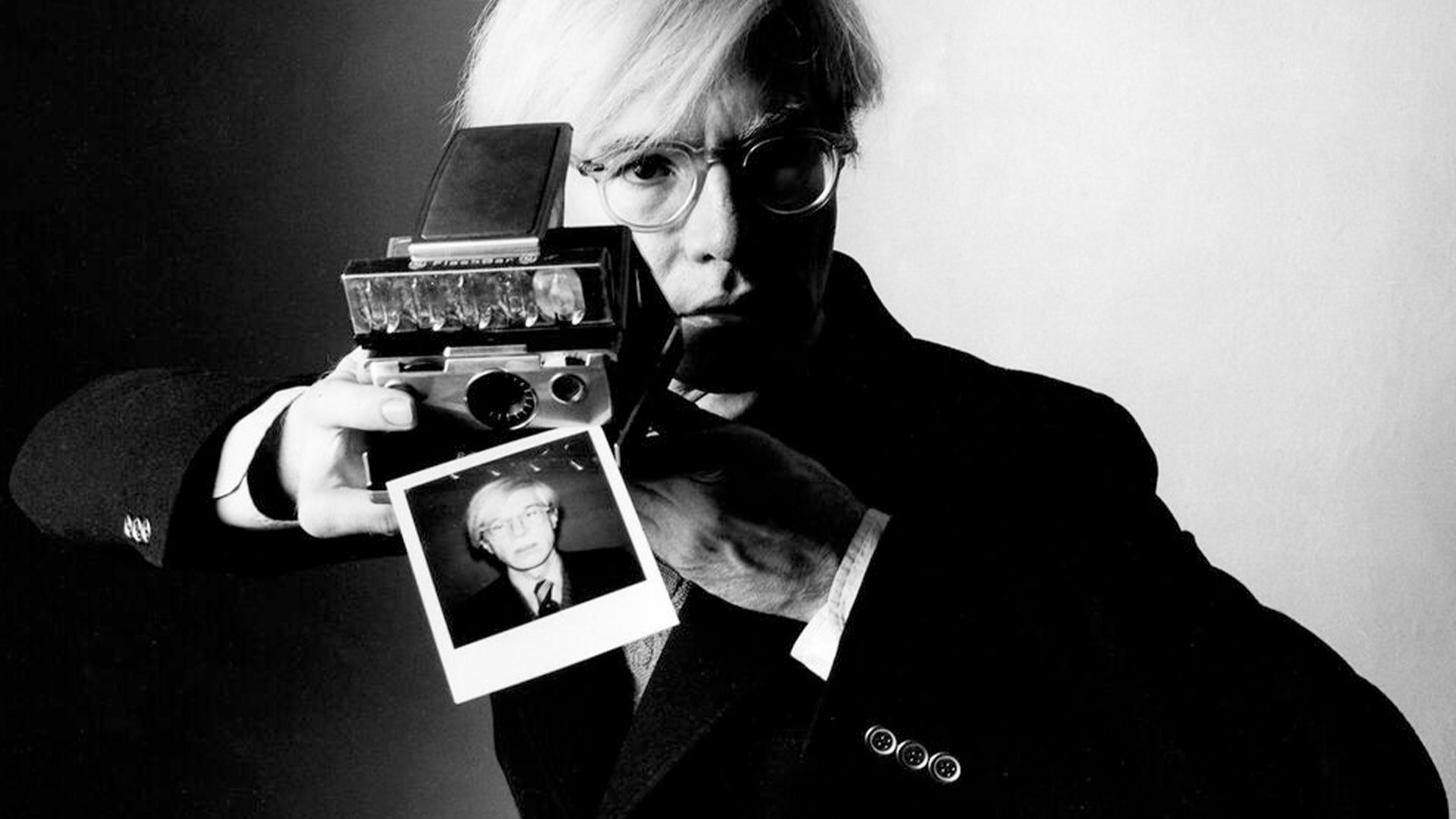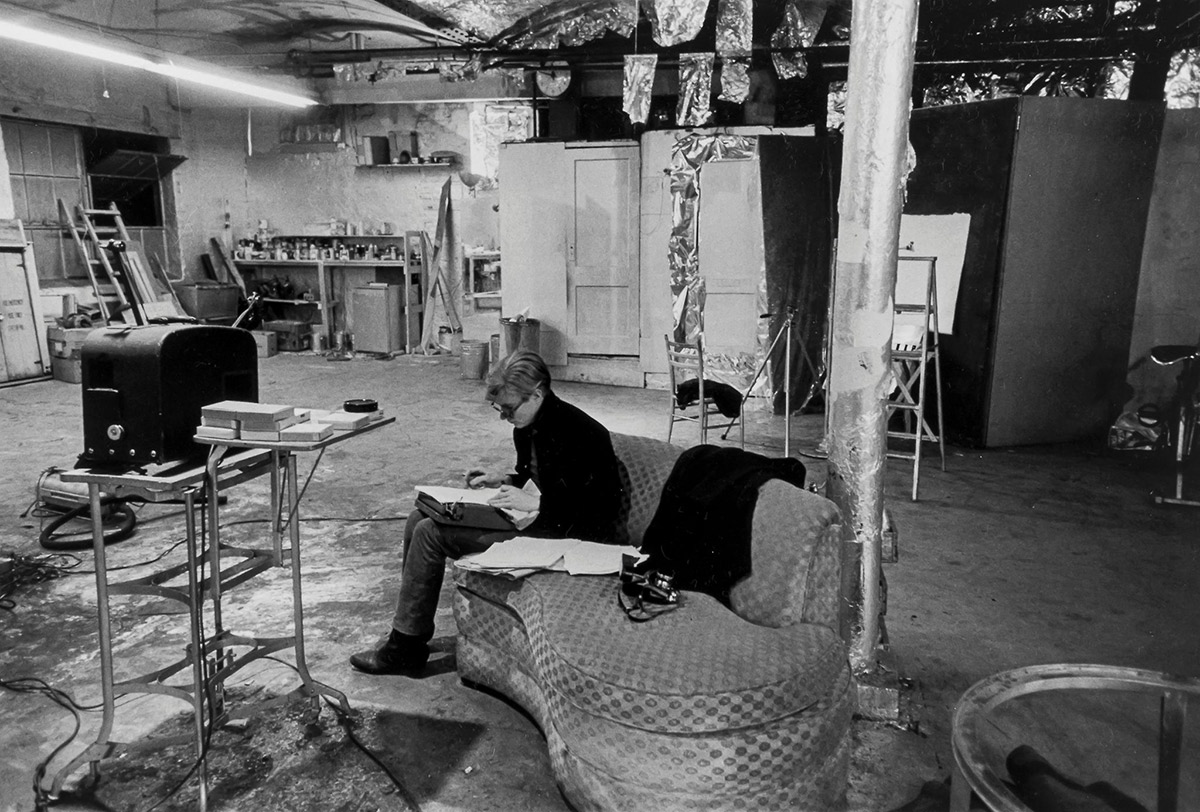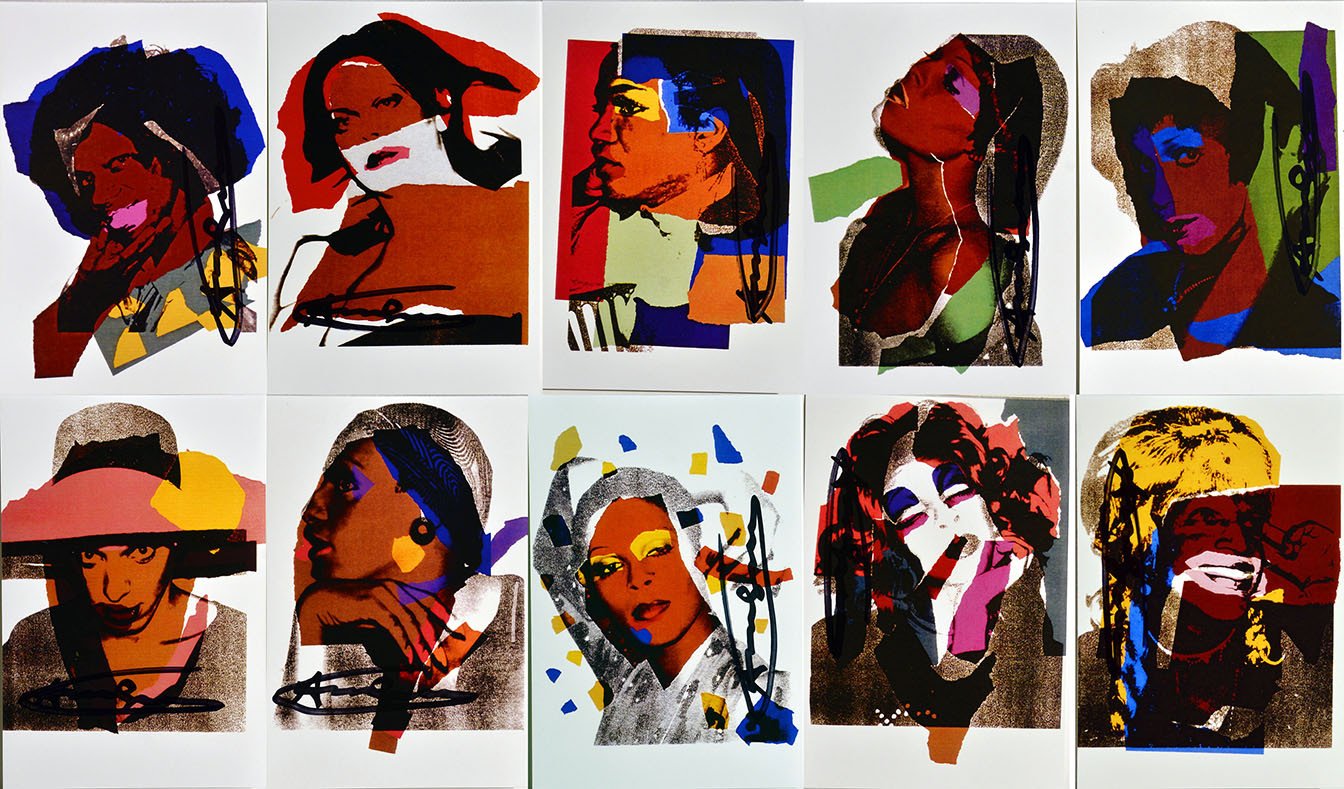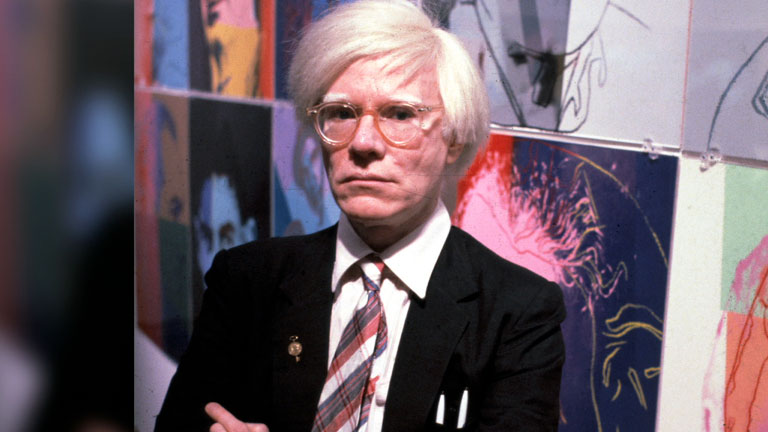Andy Warhol, celebrities and the Factory

ANDY WARHOL, CELEBRITIES AND THE FACTORY
Andy Warhol was a genius artist, a leading exponent of Pop Art but also an artist capable of revitalising an artistic genre considered outdated such as the portrait.
Andy Warhol’s relationship with celebrities and the organisation of his Factory allowed him to be an artist perfectly in his time but with an eye to the past.
Andy Warhol, Celebrities and the Factory

Andy Warhol all’interno della Factory
ANDY WARHOL’S FACTORY
The Factory is Andy Warhol’s famous studio which, in the 1960s, became a reference point for New York’s creative types, for the stars of show business, for anyone who wanted to transgress the monotony of everyday life and enter that space where literally anything was possible.
From advertising to Pop Art to contemporary portraiture.
The Factory was the scene of historic glamorous and avant-garde parties, but these lasted the space of about five years, since in 1968 the radical feminist Valerie Solanas, who had sneaked into the loft lobby, shot Andy Warhol three times, taking revenge for the failure to produce a play she had conceived and turning Warhol’s life around.
A NEW PHASE FOR ANDY WARHOL AND THE FACTORY
Having survived the assassination attempt, Warhol, in the early 1970s, moved the Factory to 860 Broadway, in a building equipped with fire exits and a video surveillance system.
By this time, however, the spirit of the origins had changed as the artist gradually removed from his circle the bizarre and extravagant characters that had animated his world until then.
It was at this time that a new phase began that transformed the Factory into a real company, thanks also to the presence of new collaborators.
Among the new collaborators was Fred Hughes, a gentleman in contact with the richest New York families, who was hired as the artist’s manager, and Bob Colacello, editor of Interview magazine.
It was the latter, in the midst of Warhol’s definitive transition from being an underground artist to portraying the American elite, who discovered and presented Andy with fourteen very unusual models: marginalised and unknown drag queens from the America that Oriana Fallaci labelled in 1966 as ‘dirty unhappy violent’.
Transvestites represent the last truly transgressive pop icon created by Andy Warhol, who used the metaphor of the split personality as an artistic ploy to tell the public about his authentic sexual identity as well, marked by the desire to exhibit a full freedom of being.
Legend has it that in 1974 Colacello went to scruffy nightclubs, such as the Gilded Grape or Club 82 in New York, to meet transvestites and offer each of them the sum of $50 to be photographed by a ‘friend’ (thus concealing the detail that they would be introduced to Andy).
Legend also has it that some of them replied that for $50 they could have done a lot more…

ANDY WARHOL’S ICONS AND CELEBRITIES
The fourteen drag queens, portrayed in sensual and brazen poses, joined the first film and show business stars portrayed by Warhol (think Marilyn Monroe, Elvis Presley or Jackie Kennedy).
The unknown transvestites thus ended up becoming real celebrities. Icons and symbols of marginalisation par excellence.
Five years later it was the artist himself who agreed to be portrayed in make-up and women’s clothing by photographer Christopher Makos.
The portraits of the first celebrities gained such fame and notoriety that in the 1970s, as Andy Warhol himself writes in his diaries, the artist began to receive many commissions for portraits of celebrities and private individuals who wished to feel like celebrities, and this became his main source of income (the first commissioned portrait cost $25,000, and the next $15,000 each).

The artist thus revived a genre, that of the portrait, which had become completely unfashionable due to the dominance on the art scene of abstract expressionists, who favoured an anti-figurative aesthetic typical of European schools of abstraction such as Futurism or synthetic Cubism.
In addition, Fred Hughes, Andy’s new manager from the late 1960s onwards, would become, together with Bob Colacello, the promoter of an internal revolution at the Factory, in fact favouring Warhol’s process of artistic institutionalisation.
Fun fact: Colacello, during a recent lecture, said that one day he asked Warhol why he made all the portraits commissioned from him strictly in 100 x 100 cm format. Andy replied that one day he would like to exhibit all the paintings together at the Metropolitan Museum in New York, presenting them in one giant panel that he would call Portrait of the Society.
Follow me on:
About me
In this blog, I don't explain the history of art — I tell the stories that art itself tells.


